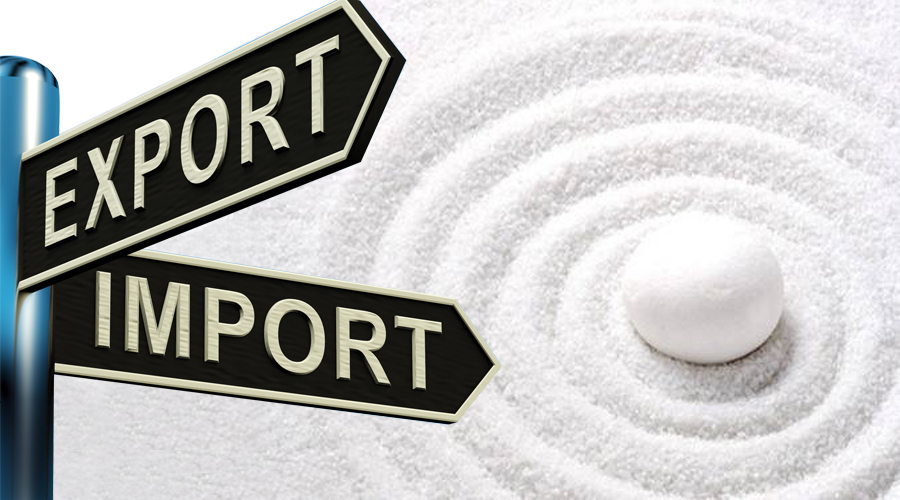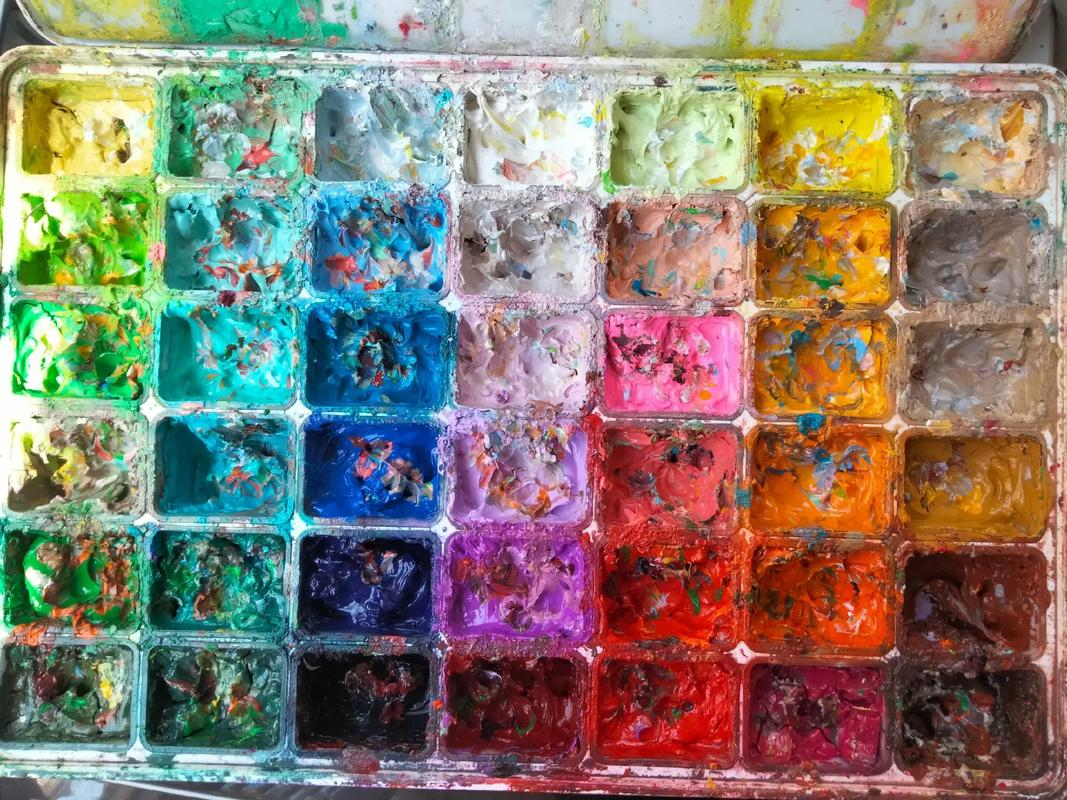Looking at China's titanium dioxide manufacturing industry from Huawei (upper part)
Recently, Huawei has become a word of high frequency. Of course, it is generally believed that Huawei is too strong. It is not only the banner of Chinaâs high-tech enterprises, but also threatens the survival of the same type of high-tech in the West, which has triggered a series of sensitive issues. . And through Huawei's development positioning, let's take a look at China's titanium dioxide manufacturing industry, which is a reality that titanium dioxide people have to face.
(upper part) Large but not strong titanium dioxide enterprise
China's total production of titanium dioxide in 2017 reached a staggering 2.865 million tons, which is a miracle created by 41 national full-process titanium dioxide enterprises (groups) in 2017. Compared with 2016, the total increase of 270,000 tons, an increase of 10.49%. Among the nearly 3 million tons of titanium dioxide, the rutile type accounted for 2,276,426 tons, the anatase type was 443,272 tons, and the non-pigment type was 149,841 tons. The proportion of the three was 79.33%, 15.45%, and 5.22%, respectively. Such a large capacity has accounted for about half of the global titanium dioxide production capacity.
But behind the huge production capacity, it reflects the cruel reality of China's titanium dioxide enterprises. In terms of scale, there are only about 10 titanium dioxide production plants that reach 100,000 tons. Of these 10, only two can reach more than 300,000 tons. In contrast, Chemours has a capacity of nearly 1.2 million tons. The consequence of decentralized development is that a large number of high-quality resources, scientific research strength, and manpower are seriously wasted, and the scale of the enterprise and the quality of the products are difficult to be effectively upgraded and utilized. And formed a low cycle competition, low cycle expansion such a vicious cycle of the dead end.
And as the mainstream chlorinated titanium dioxide in the West, China can only be a start. In 2017, China's chlorinated titanium dioxide production increased by nearly 58%, an increase of nearly 60,000 tons over 16 years, but only 167,500 tons, accounting for 5.8% of the total annual titanium dioxide production. The gap is big and obvious.

In terms of product quality, most of China's titanium dioxide is also used in low-grade latex paints and other products. The export market is also mainly for countries such as Asia, Africa and Latin America that only need a large number of low-end titanium dioxide. Only a portion of the output is exported to developed countries such as the United States, Japan, and Western Europe, and most of them are only used for their low-end products, such as road marking paints.For example, in 2017, China's exports of titanium dioxide to the United States were only 46,200 tons, accounting for only 5.6% of the total output of 830,000 tons of titanium dioxide, accounting for 2% of 2017 China's total output of nearly 3 million tons . This is also why, after the good news that China and the United States temporarily suspended mutual tax increases, the many industries of China are really elation. The result is that stocks have risen sharply, product prices have risen, but Chinese titanium dioxide The main reason why the industry has no reaction to this news.
As for high-end industries and high-profit industries, such as aviation and automotive paints, most of China's titanium dioxide products cannot meet the standards in terms of performance. They can only watch these high-profit markets be monopolized by Western titanium dioxide manufacturers for a long time. In terms of product quality, for example, Nippon Ishihara and Huntsman rutile titanium dioxide, which are also produced by the sulfuric acid process, have high hiding power, extremely dispersive, and good color stability.These are all Chinese-made sulfate process rutile titanium dioxide that most models cannot reachã














